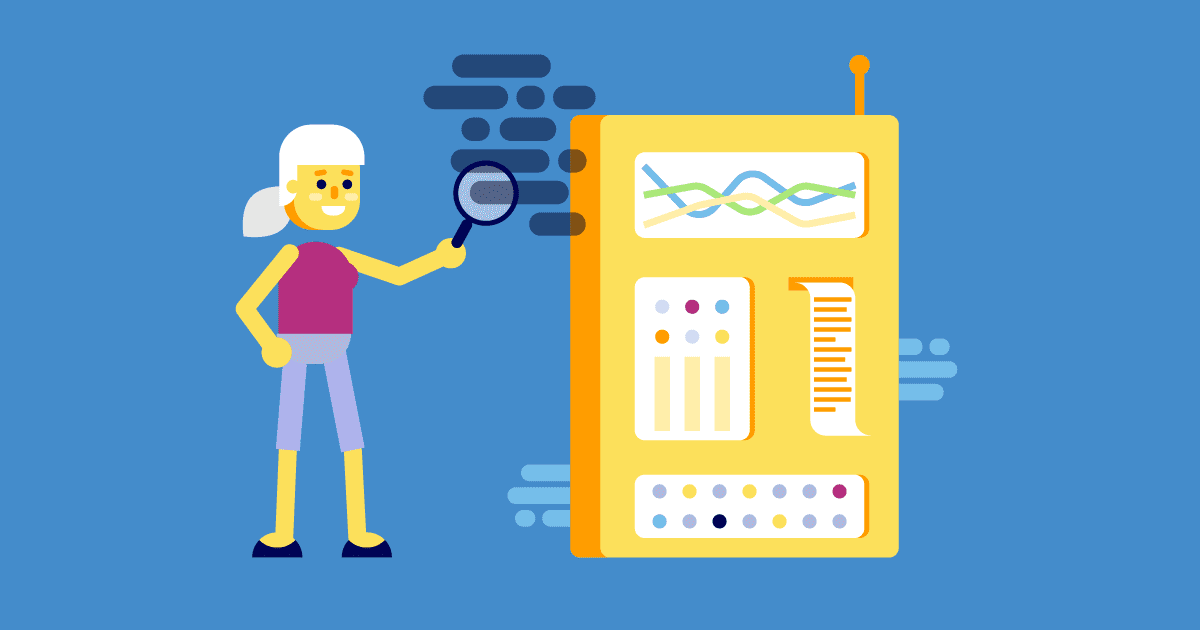Smoke testing is a form of software testing performed to confirm whether the build released for testing is stable or not. Of all the various types of testing, Smoke testing is the fastest testing process.
When a QA build is made available for testing, the application goes through a quick smoke test review to check there are no significant breaks. Depending on the test result, the team decides whether the build is stable and suitable for further QA or if redeployment and return to the developers is required.
Why do we need smoke testing?
Software development involves a team of developers who work on different areas and features. Throughout development, each team member continues to improve and rewrite the code related to their section build. Developers then conduct the unit test and mark their code ready for further testing.
All the testable changes are merged and released as a single build to the testing team for creating a QA build. At times, this merging of independently written codes can cause problems, hitting the stability of the released build. Therefore, smoke testing is essential at this stage. Before intensive testing starts, the test can identify any blockers and help determine if the current code is fit for testing.
Consider a situation where the team of functional testers has received an unstable build. The testing team starts executing their set of test cases on receiving the code, and the focus remains on individually assigned areas. Upon encountering any error, they may not isolate the root cause and end up adding redundant bugs. Smoke testing helps initially identify the problem and helps avoid additional effort and delays.

How to plan your smoke test
Smoke testing doesn’t require months of preparation or effort on detailed test design. Still, it requires identifying the set of critical test cases that cover all the essential functional areas of the application. Being aware and prepared helps you achieve the most out of your testing.
- Know what to test – Because smoke tests differ from the usual functional testing, it’s essential to understand what to examine and inspect before testing. The decision will depend on the build delivered and executed for each received build. Still, the objective stays the same to ensure that the significant functionalities remain intact after any changes. Creating a list of testable components helps in the readiness to start the smoke test.
- Know who will conduct smoke tests – Smoke testing doesn’t always need a test team to perform the testing. A member from the QA team needs to review and run through all the acceptance checks before confirming confidence in the released build. The development team sometimes performs a quick smoke test post-deployment and before handing the code for QA.
- Determining the scope of automation – Smoke testing is done manually and automated using tools. The manual testing involves running a list of checks physically after every deployment. Automation is helpful because it aligns with the common objective of revealing the result as quickly as possible. Still, the idea of introducing automation depends on the effort needed to maintain the smoke tests suite, so it may not be suitable in all cases.
What if a smoke test fails?
The term pass/fail defines the output of every test execution. Bugs are logged, assigned to developers for all the failed cases, and follow the normal bug cycle. A vital aspect of a smoke test is knowing what to do if the build is unstable and the test fails.
In smoke testing, address bugs immediately because the entire testing process relies on the success of this process. Logging a bug and waiting for it to be fixed in time or at the end of the test execution cycle will defeat the purpose. It’s more like a yes/no decision, where either the team accepts the build to continue testing or rejects it and waits for a new one to start testing.
Apart from notifying the development and product team about the build failure, the smoke tester must inform the QA team about the rejection. Accordingly, the team will replan the QA efforts to compensate for the delay in the build’s availability and the potential impact on execution and the overall timeline.
Conclusion
The ongoing cycle of test, fix, and retest requires multiple deployments and the release of timely builds to QA. When a fix is available for the more minor changes, it is often beneficial to run tests directly. However, swift testing will be helpful when the build involves new features or multiple fixes. Thus, smoke testing helps identify bugs early and establishes preparedness among testers to handle delays or define an alternate test strategy.